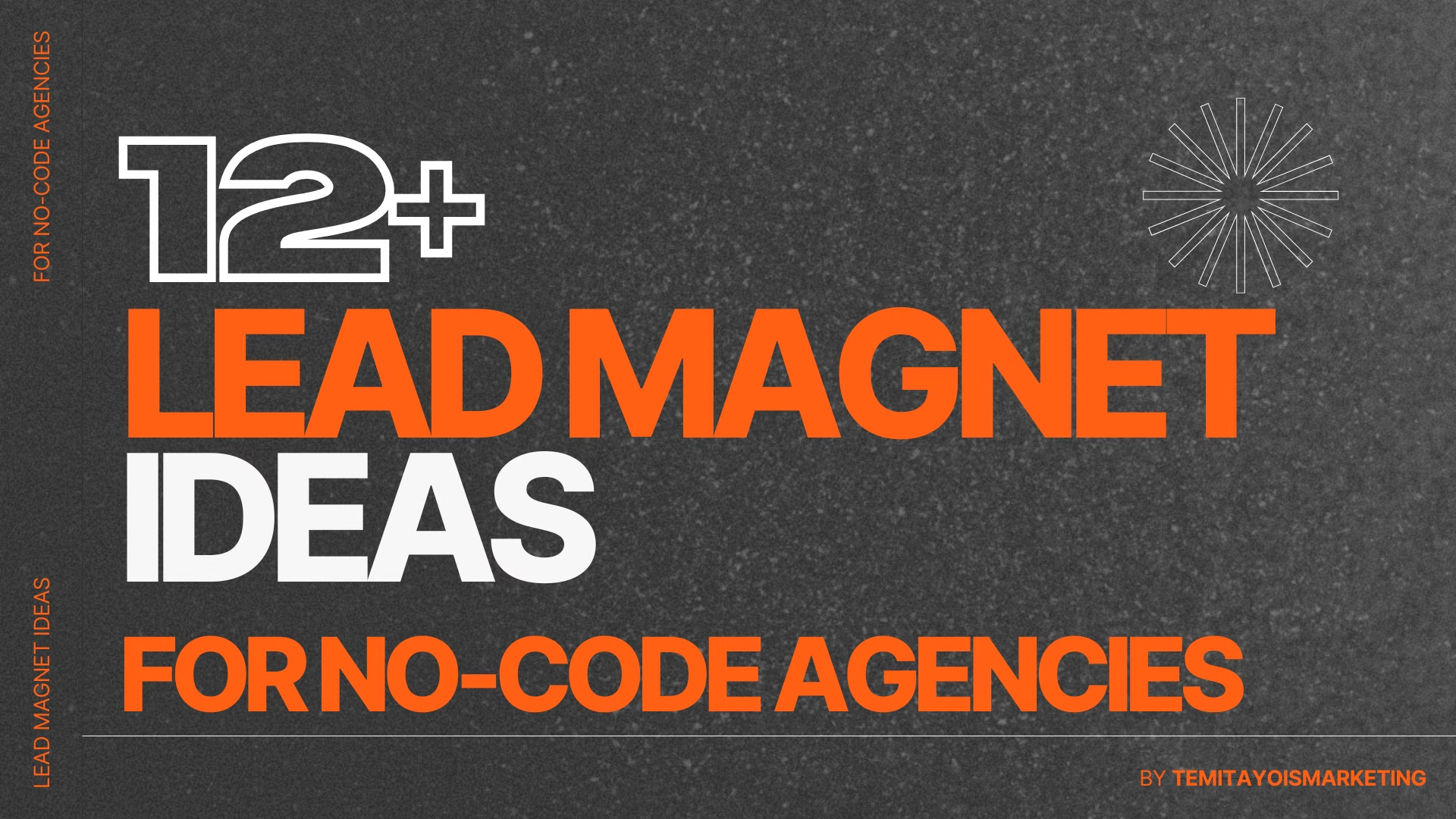Introduction
As a content writer who has helped generate over 2.2M organic impressions through blog content within a year, I often found myself pondering a fundamental question
What is the primary reason someone clicks on a blog post or page from a search engine results page (SERP)?
Is it brand recognition or authority?
Does a title perfectly matching the search intent do the trick?
Or is it simply the reader’s curiosity?
After researching and analyzing data, I discovered that several critical factors significantly influence the click-through rate (CTR) of a blog post or web page on the SERP.
Let’s explore these factors and how you can use them to improve your blog performance.
Key Takeaway
- Brand Recognition builds trust. People searching online will prefer to click on familiar names.
- Search Intent matters, and your blog/page titles should match what users are looking for (or their search query)
- Curiosity Sells and intriguing titles boost clicks but avoid being misleading.
- The most common reason why people click on a blog post or web page when they use search engines is the relevance of the page title to their search query
10 Factors That Can Influence The Click Through Rate Of A Blog Post/ Web Page
Several factors influence the click-through rate (CTR) of a blog post or web content on the search engine results page (SERP),
Here’s a comprehensive list of 10 key factors:
1. Relevance to Search Intent
This is defined as how well the content matches the user’s query and intent (informational, navigational, or transactional).
The easiest way to optimize for search intent is to write titles and meta descriptions that directly address the user’s problem or question.
2. Blog Title
A well-crafted title can also significantly impact your CTR.
This means your blog/page title should be clear and specific and include primary keywords for maximum relevance.
3. Meta Description
This is the snippet of text under the blog title in search results and on the SERP.
A compelling, concise meta-description that reinforces the value of clicking can improve your CTR.
4. Brand Recognition and Authority
Users are more likely to click on results from brands they recognize or associate with expertise in a subject.
5. SERP Position (Ranking)
Higher-ranking results generally receive more clicks due to visibility and perceived authority.
The top three organic positions capture the majority of clicks.
6. Rich Snippets and Structured Data
Enhanced search results with rich snippets (like FAQs, reviews, or star ratings) can increase visibility and attract clicks.
Schema markup can help achieve these features.
7. Use of Keywords
Titles and descriptions containing the exact keywords a user searches for are more likely to draw attention.
Strategically placed keywords signal relevance to search engines and users.
8. Curiosity and Emotional Appeal
Titles that invoke curiosity or trigger an emotional response (e.g., surprise, urgency, or excitement) can boost clicks.
Examples include listicles (“5 Proven Ways to…”) or intriguing headlines (“You Won’t Believe This About…”).
9. Visual Cues (Favicon and URL)
A recognizable favicon (small logo) and clean, trustworthy URLs can influence a user’s decision.
URLs that are simple and descriptive are more appealing than long, complex ones.
10. Competition and SERP Features
The presence of ads, featured snippets, or other enhanced SERP features may reduce clicks on standard organic results.
Understanding and optimizing for competitive SERP landscapes is crucial.
3 Top Factors That Influencers Your Website Click-Through Rate (CTR)
However, among all factors aforementioned, I extracted data on 3 preliminary factors that can influence clicks on your blog posts or web page on the SERP.
1. Brand Recognition and Authority
Brand recognition plays a significant role in driving clicks.
According to a study, the Secret Life of Search by Red C Marketing Agency, 82% of participants selected a brand that they were already familiar with – regardless of where it ranked on the SERP
Additionally, according to Ignite Visibility, a whopping 55% of correspondents in a survey revealed that they preferred clicking on SERP results when the brand name was familiar.
Why?
Familiarity builds trust, and trust fosters confidence in the quality of the content being offered.
Takeaway: Focus on building a recognizable brand within your niche.
You can achieve this by publishing thought leadership content consistently and optimizing for brand-related keywords.
2. Matching Search Intent
A well-crafted blog title that aligns with the user’s search intent and query is a powerful driver of clicks.
A comprehensive analysis by Backlinko, which examined approximately 4 million Google search results, revealed that URLs containing terms similar to the target keyword experienced a 45% higher CTR compared to those without keyword-rich URLs.
For example, if someone searches for
“how to write engaging blog titles,” a post titled
“5 Steps to Writing Engaging Blog Titles That Increase CTR” is far more likely to attract clicks than a vague title like
“Blogging Tips for Beginners.”
Takeaway: Understand your audience’s intent when crafting blog titles.
Are they seeking how-to guides, answers to specific questions, or comparative insights?
Align your titles accordingly to boost relevance and clicks.
3. Curiosity-Driven Titles
Curiosity is a powerful motivator.
A BuzzSumo analysis of 100 million headlines revealed that curiosity-driven titles can boost clicks by as much as 25%.
These titles often tease valuable insights or create a sense of intrigue.
Examples of curiosity-driven titles include:
- “You Won’t Believe These 10 Facts About SEO”
- “Why [Industry Leader] Did This—and What Happened Next”
While these titles work well for some audiences, they must strike a balance between intrigue and transparency to avoid appearing click-baity.
Takeaway: Use curiosity strategically by hinting at value without misleading the reader.
Combine curiosity with clear benefits to entice clicks without disappointing readers.
The Most Important Factor For Increasing Your Blog CTR
While brand recognition, authority, and curiosity are essential, the relevance of your blog title to the user’s search intent ultimately carries the most weight.
Readers need to feel confident that your content will address their query.
A good title is clear, concise, and specific.
It should communicate what the reader will gain by clicking, whether that’s a solution to a problem, practical advice, or valuable insights.
Pro Tip:
To improve relevance:
- Include keywords your audience is searching for within the blog title.
- Make your title action-oriented (e.g., “How to Improve…” or “5 Steps to…”).
- Test variations using A/B testing tools for maximum impact.
Conclusion
Improving the click-through rate of your blog posts on SERPs requires understanding the factors influencing user behaviour.
Whether it’s establishing brand authority, matching search intent, or leveraging curiosity, every detail matters.
Ultimately, the most important takeaway is to: craft blog titles that resonate with your audience and address their needs.
By focusing on relevance, trust, and intrigue, you can increase your organic CTR and drive more traffic to your website.
Actionable Next Step:
Need help auditing your existing blog titles.
Do you think they aligned with your audience’s intent?
Do they showcase your authority?
You can experiment with the tips above or reach out to Temitayo Is Marketing to work on improving your current click-through rate!






